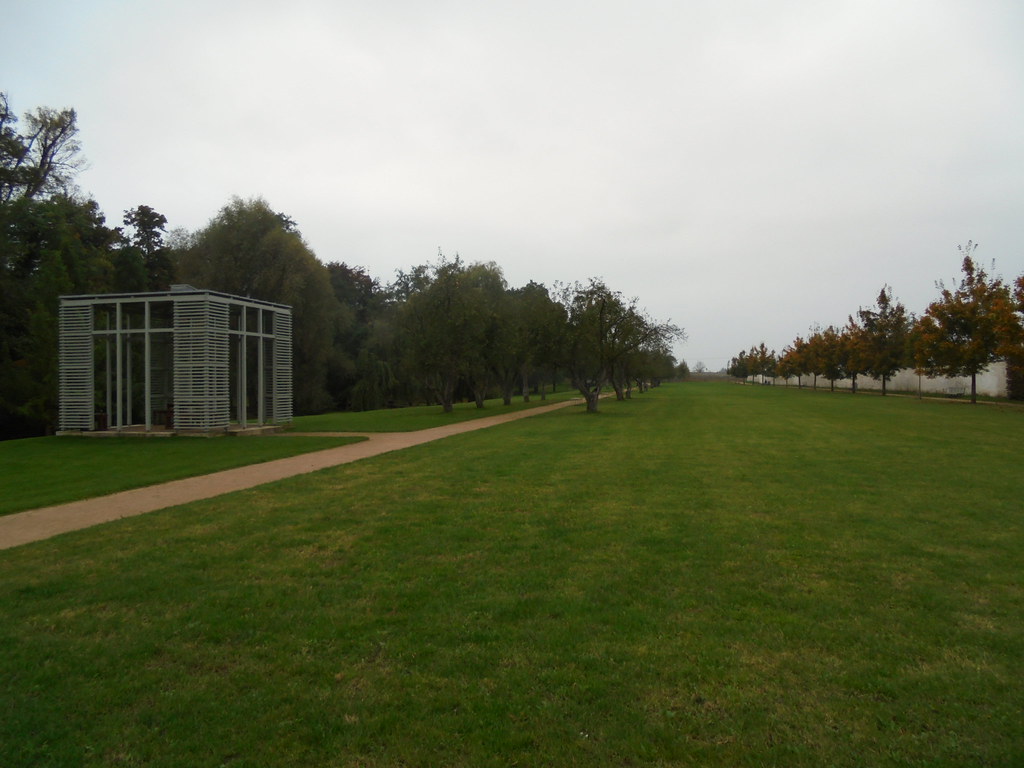Container homes have gained popularity in recent years as a sustainable and cost-effective housing solution. These homes, made from shipping containers, offer a unique way to reduce waste and repurpose materials. However, as container home developments continue to grow, there is a need to address the delicate balance between privacy and openness within these communities. This blog explores the various considerations and challenges that arise when it comes to privacy in container home developments. From open design concepts to privacy solutions for communal spaces, we will delve into the best practices and architectural approaches that allow for sustainable and eco-conscious living in these unique housing communities.
The importance of privacy in container home developments
Privacy is an essential aspect of any living space, including container home developments. While these communities promote openness and shared spaces, it is crucial to respect individuals’ need for privacy. Maintaining a sense of privacy within these communal living environments can enhance the overall well-being and harmony of the residents. In container home developments, privacy can be achieved through thoughtful design and strategic placement of private spaces, such as bedrooms and bathrooms, within each container unit. Additionally, incorporating landscaping, partitions, or curtains in shared outdoor areas can create secluded spots for relaxation and personal space. By striking a balance between openness and privacy, container home developments can provide residents with a comfortable and secure living experience.
Balancing privacy with the need for openness
One of the key challenges in container home developments is striking a balance between privacy and the need for openness. While privacy is essential, these developments are also known for their emphasis on community and shared spaces. Achieving this balance requires a thoughtful approach to the design and layout of the containers.
One strategy is to consider the placement of private spaces within each container unit. By strategically locating bedrooms and bathrooms, residents can enjoy the privacy they need while still being part of the larger community. In addition, incorporating partitions or curtains in shared outdoor areas can create secluded spots for relaxation and personal space.
However, it’s important to remember that privacy is not just about physical barriers. It also involves respecting boundaries and creating a culture of privacy within the community. Encouraging open and honest communication among residents can help establish guidelines and expectations that promote and respect each individual’s need for privacy.
Ultimately, by carefully considering the design and layout of container home developments and fostering a culture of privacy and respect, these communities can successfully balance the need for privacy with the desire for openness and community living.
Ensuring privacy through design and landscaping
One of the most effective ways to ensure privacy in container home developments is through thoughtful design and landscaping. By strategically placing trees, shrubs, and other greenery around the containers, residents can create natural barriers that provide a sense of seclusion and privacy.
In addition to landscaping, designers can incorporate architectural elements that enhance privacy. For example, installing windows at higher levels or using frosted or textured glass can prevent unwanted visibility while still allowing natural light to enter the space. Furthermore, incorporating rooftop gardens or private balconies can offer residents their own outdoor sanctuaries where they can relax and enjoy the outdoors without feeling exposed.
It’s also crucial to consider the overall layout of the development. Designing pathways and communal areas in a way that maximizes privacy can help foster a sense of security among residents. Creating separate areas for socializing and private contemplation can allow individuals to choose the level of openness they are comfortable with.
By combining thoughtful design elements with well-planned landscaping, container home developments can strike the delicate balance between privacy and openness. These considerations not only enhance the quality of life for residents but also contribute to the overall success and attractiveness of these innovative housing solutions.
Openness in container home developments
Openness in container home developments is equally important as privacy. While privacy ensures a sense of seclusion and security, openness creates a sense of community and promotes social interactions.
One of the key benefits of openness in container home developments is the creation of communal spaces that encourage residents to come together and build relationships. These spaces can include shared gardens, community kitchens, or recreational areas where individuals can socialize and engage in activities with their neighbors.
In addition to fostering a sense of community, openness in container home developments also offers the opportunity for shared resources and cost-saving initiatives. Residents can share utilities such as solar panels or rainwater harvesting systems, reducing their carbon footprint and lowering their overall expenses.
However, it’s important to strike a balance between openness and privacy. While communal areas are beneficial, it’s crucial to provide residents with the option for personal space. Private balconies or rooftop gardens can serve as retreats where individuals can relax and recharge while still being part of the larger community.
In conclusion, an open and inclusive design approach in container home developments can enhance the overall living experience. By carefully considering the benefits and incorporating elements that foster community and social interactions, these developments can create a harmonious balance between privacy and openness.

Building a sense of community while maintaining privacy
Building a sense of community while maintaining privacy is a delicate task in container home developments. While it’s important to create communal spaces that encourage social interactions, it’s equally crucial to respect the need for personal space.
One way to achieve this balance is by implementing thoughtful design elements. For example, the layout of the container homes can include common gathering areas that promote interaction, such as shared courtyards or common rooms. At the same time, individual units can be designed with private entrances and outdoor spaces, allowing residents to retreat and enjoy solitude when desired.
Another aspect to consider is the establishment of community guidelines and communication channels. By fostering open lines of communication, residents can feel comfortable expressing their need for privacy and voicing their concerns. This will ensure that the community as a whole respects each other’s boundaries while still fostering a sense of togetherness.
In addition, organizing community events and activities can play a significant role in building connections. By hosting regular gatherings or workshops, residents have the opportunity to get to know their neighbors and form meaningful relationships. These events can range from potluck dinners to group yoga classes, providing a variety of options that cater to different interests and preferences.
Overall, by thoughtfully integrating design elements, establishing clear communication channels, and organizing community events, container home developments can successfully build a strong sense of community while honoring individuals’ privacy needs. This balance is essential for creating a thriving and harmonious living environment.
Conclusion: Achieving a balanced approach to privacy and openness in container home developments
Creating container home developments that successfully balance privacy and openness is crucial for fostering a thriving community. By implementing thoughtful design elements, establishing open lines of communication, and organizing community events, residents can enjoy the best of both worlds.
Thoughtful design elements, such as communal gathering spaces and private individual units, allow for social interaction and personal retreat. This way, residents can choose when to engage with the community and when to enjoy their solitude.
Establishing community guidelines and communication channels ensures that residents’ privacy needs are respected while still fostering a sense of togetherness. By encouraging open dialogue, residents can express their concerns and boundaries, leading to a harmonious living environment.
Lastly, organizing regular community events and activities promotes connections and meaningful relationships among neighbors. These gatherings provide opportunities to engage in shared interests, strengthening the sense of community within the development.
In conclusion, through a balanced approach that integrates thoughtful design, open communication, and community-building activities, container home developments can successfully create a harmonious living environment that respects privacy while fostering a strong sense of togetherness.




















Find Us on Socials